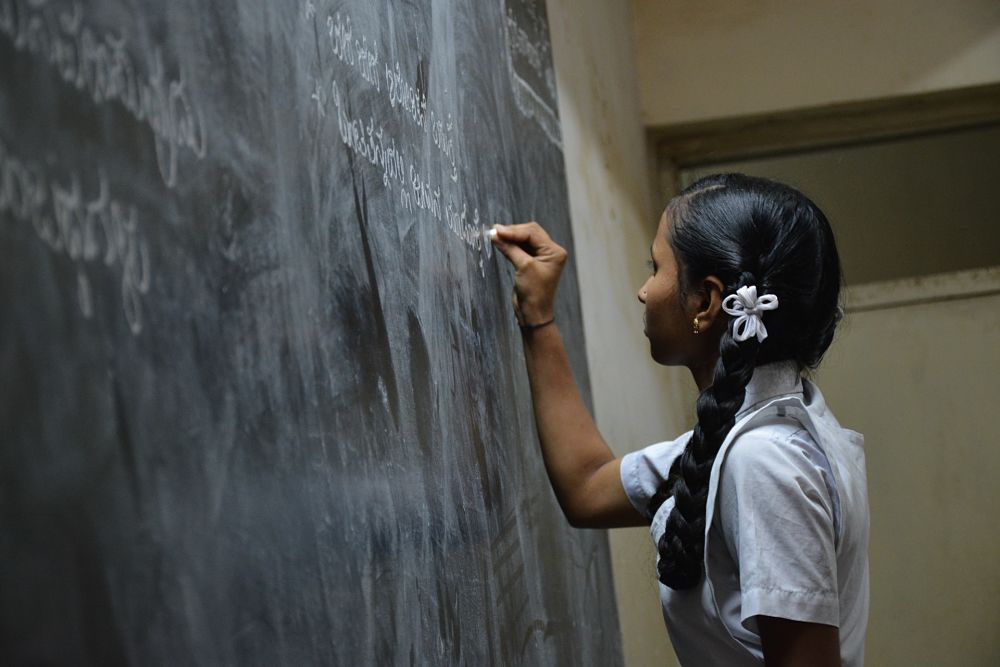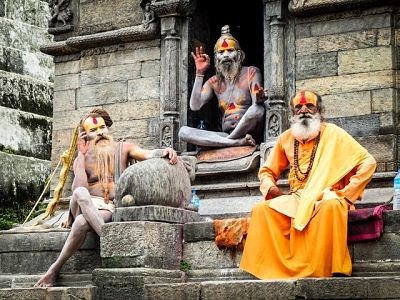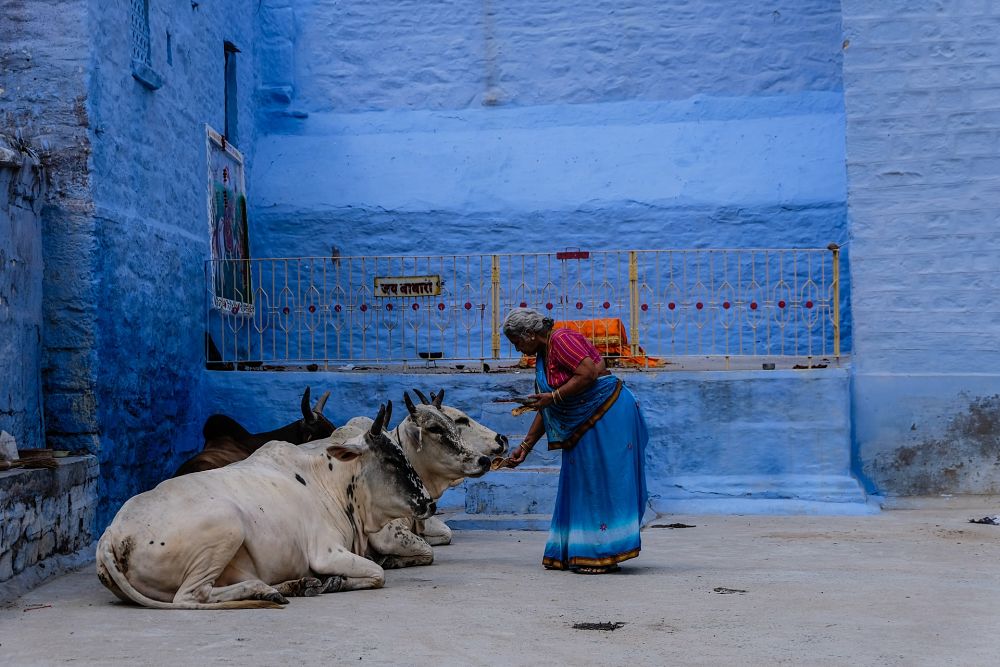What are Common Stereotypes About India?
A vast and vibrant country, India and Indian culture attract many stereotypes.
Although there might be a little truth in some, very few of these stereotypes are rooted in reality.
Stereotypes also tend to say something about the person, or people, holding them.
It's crucial for all us of to analyze and address the stereotypes we have of others.
By removing these misconceptions and twisted truths, it will help you to fully appreciate the richness of a culture and society; in this instance, India.
Here, we're going to look at 10 of the most common stereotypes we hear about India through our cross-cultural training programmes.
DON'T MISS THE FREE SAMPLE OF OUR
ELEARNING COURSE ON INDIAN CULTURE AT THE END!
10 Stereotypes About India We Frequently Hear in Training!
1. Indian people cannot speak good English
Indian people tend to have great English. Why? Because English is the second official language of India and is widely spoken across the country.
The majority of schools across India teach students English right from the start of their formative years which means that it is possible to navigate the country using English alone and with no knowledge of any Indian language.
However, it is important to acknowledge that literacy levels in India are very low which means that higher standards of English tend to be concentrated within those who are educated and working professionals. At the same time, with the influx of Western influences – mainly through the media – into the Indian subcontinent, English references are spreading throughout the different Indian classes.
2. “Thank you kindly, please come again!”
In continuation with the point above comes the issue of the Indian accent, which has been particularised, stereotyped and exaggerated by comedians and the media.
It must be acknowledged that English is not the first language of the majority of Indian people, and that while travellers will often come across the distinct ‘Indian action’ at play, all Indians do not have the same, generalized accent.
In fact, there are distinct shifts in accents and ways of speaking across the many Indian regions. The comical generalization of the Indian accent is a sore point for many who are continuing to learn and improve their language. Be assured, imitations of Apu from the Simpsons will not be appreciated when interacting with Indian nationals.

Education is a big deal in India with many parents putting emphasis on gaining qualifications in order to secure proper careers.
Photo taken in Bengaluru, India by Nikhita S on Unsplash
3. Indians are uneducated
While literacy levels in India, and especially those of women, are not very high, it is important to remember that in a country with a population as high as India’s, it is inaccurate to make generalized assumptions about the entire nation.
The idea that Indians are uneducated is very inaccurate, and education is in fact held in high regard. There are hundreds of thousands of schools across the country, with officially recognized education systems varying from region to region.
Doctors and engineers top the list of professions in India, and MAs, MBAs and PhDs are common qualifications. The university system in India is extremely competitive, with the entry qualifications for some starting at 100%.
4. Indians are poor
There is a commonly held perception that all Indians are poor which is furthered by media portrayals of the country, as seen through the movie Slumdog Millionaire.
While it is true that a major proportion of the Indian populace lives under the poverty line and that there are many beggars within the nation and highly visible slums and shantytowns, this is not the case for the entire nation.
India holds a significant portion of the world’s richest people and there are a large number of Indian nationals who are billionaires – both within the country and abroad.
5. The ‘real India’ is dirty and chaotic
Many travellers come to India for the ‘real Indian experience’, which they associate with dirt, chaos, spontaneity, and confusion.
They live frugally: they eat cheap food, live in cheap hostels, don themselves in traditional Indian clothing and use public transport in an attempt to live the way ‘real Indians’ do.
By doing so, they overlook the huge presence of internationally renowned luxury hotels, shopping malls and designer stores, nightclubs, bars, and restaurants, which are becoming increasingly synonymous with the ‘new’ Indian society. This notion connects to the point preceding this one.
The many dichotomies in India – between the rich and the poor, the West and the East, the traditional and the modern – are highlighted through the dualities of Indian society, and this must be accepted and appreciated.

Believe it or not, pizza is extremely popular in India.
Photo by Shourav Sheikh on Unsplash
6. Indians only eat curry
Indian food abroad has become synonymous with curry, and this is very inaccurate as Indian food is multi-faceted, diverse, and expanses much more than a generic curry.
Indeed, curry is eaten by many in the country – but this statement itself is very vague and incorrect because there are numerous types of curries, in terms of the ingredients they use and the flavours they contain.
Finding ‘international’ cuisines from Chinese to Thai to Mexican, French and American in India is very easy in metropolitan cities, albeit difficult in smaller towns. It already hosts international chains like McDonald's, KFC, Subway, Costa Coffee, and Starbucks, and more are likely to appear in India in the years to come.
7. Indians all speak Hindu
Hindu is the religion, and Hindi is the language.
Due to the sheer diversity and size of India, there are many languages that are spoken and practised in the Indian Union.
Many schools in India – especially those in the South and the East – give precedence to their own languages, thereby not teaching Hindi. Hindi in its most preserved form is spoken largely in North India and is likely to be a second or third language for people in other regions.
If you want to hear some of the linguistic variety, plus how people use 'Hinglish', in India, then watch some TV!
Click here to check out the 3 best Indian shows on Netflix!
8. Indian women are subordinate to men
This stereotype is not completely untrue. In Indian society, gender is extremely hierarchical and favours men over women.
This is not unusual for a developing country and must be looked at in that context. Indian society is largely patriarchal and women are expected to be subordinate to their male counterparts. This is reflected in the skewed sex ratio and literacy rates of the country, which seriously disadvantage the female population.
Traditionally, women were expected to be the carers of their family, mothers and wives, before any other occupation. However, in recent times, this idea is starting to slowly crack, though largely in the upper and middle classes. More women are attending university and going on to hold jobs post-graduation. An increasing number of influential businesspeople in corporations and otherwise are also women.
As a result, more and more women prefer to achieve a certain degree of financial independence before marrying, settling down, and having children. Notably, India has also had a female president – the same came cannot be said of many other countries in the West.
For many Hindus, the cow is a sacred animal. Its horns symbolize the gods, its legs, the ancient Hindu scriptures or the "Vedas" and its udder, the four objectives of life (wealth, desire, righteousness and salvation).
9. Cows roam the streets of India
The notion of holy cows in India is one that is laden with a lot of curiosity and this stereotype is in fact very accurate!
When in India, you will see a large number of cows – both in farms and fields and on roads and beaches. One reason for the stray cows on the streets is due to the fact that they often wander away from their herds when their owners are transporting them from one locality to another, thus rendering them homeless and on the streets.
These cows are not dangerous, but it is not advisable to approach them or touch them because – despite living in the constant presence of humans and human activity – they may attack you and be infected with disease.
10. Indians worship millions of Gods
Ancient Hindu scriptures have revealed that the religion encompasses the worship of 330 million Gods!
Whilst this is true, it is important to remember that Hinduism is not a polytheistic religion – that is, it speaks of one God.
The millions of Gods and Goddesses of the Hindu religion are in fact perceived to be representatives and avatars of the one supreme God – Brahman. So, the answer to the question of the true number of Hindu Gods and Goddesses is fluid and depends on who is asked.
Take a Course About Indian Culture
If you would like to find out more about India and Indian culture, then enrol on our India Cultural Awareness Training e-Learning course which has been developed by Indian culture and business professionals and is jam-packed with essential tips, guidance, case studies and quizzes.
You may also be interested in the following:
- What do Google Searches Tell us about Indian Culture?
- Inside Indian Culture - Tips when doing Business in India
- Why India is becoming a Top Expat Destination
- What is the Negotiation Style in India?
Main Photo by Fares Nimri on Unsplash
Related Posts
By accepting you will be accessing a service provided by a third-party external to https://www.commisceo-global.com/

 +44 0330 027 0207 or +1 (818) 532-6908
+44 0330 027 0207 or +1 (818) 532-6908



